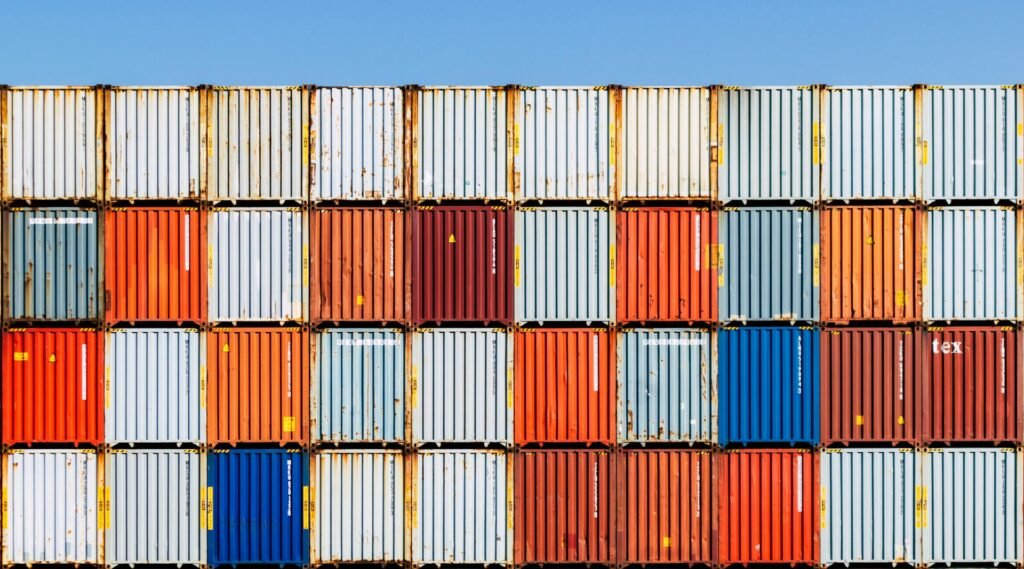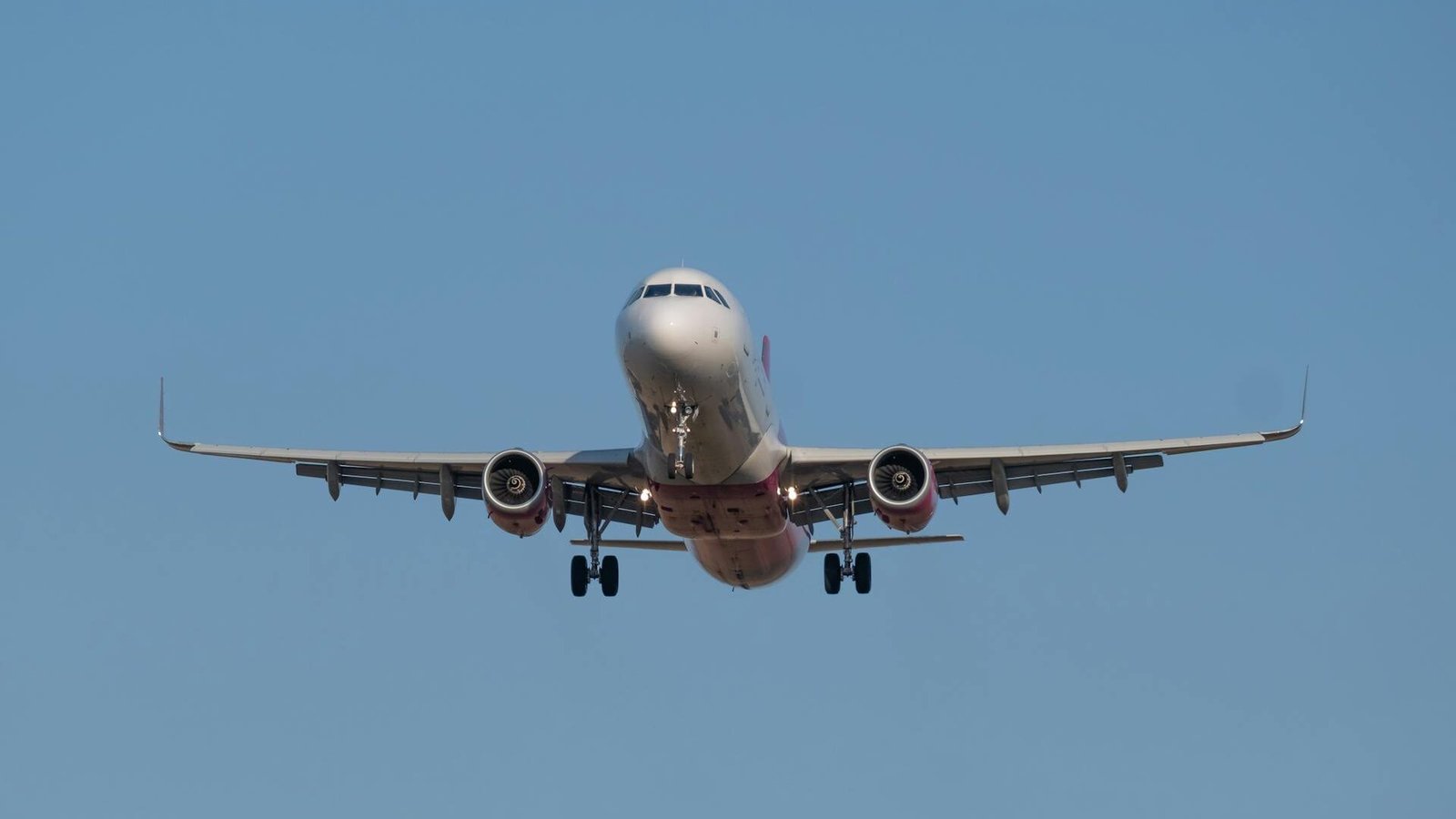
I. Introduction: The Lifeline of Global Trade
In today’s interconnected world, the journey of everyday products is a fascinating tale of global logistics. Consider the humble banana. It starts its life on a plantation in Ecuador, then travels thousands of miles across the ocean to end up on the shelves of a supermarket in Germany. Or think about a car, whose components are manufactured in multiple countries and then assembled into a final product. This is the world of International Freight, the process of transporting goods and raw materials across international borders via air, sea, rail, and road.
While often invisible to the average consumer, international freight is the complex and critical backbone of the global economy. It ensures that stores are stocked with a diverse range of products and that industries can keep running smoothly. Without it, the modern world as we know it would come to a standstill.
II. The Main Highways of Global Trade: Modes of Transport
A. Ocean Freight: The Workhorse of Globalization
Ocean freight is the heavy – lifter of international trade, carrying over 80% of world trade by volume. Key vessels in this mode include container ships, bulk carriers, and tankers. Container ships are like floating warehouses, transporting a vast array of goods in standardized containers. Bulk carriers are used for transporting large quantities of unpackaged bulk cargo such as coal, grain, and ore. Tankers, on the other hand, are designed to carry liquids, such as oil and chemicals.
One of the major advantages of ocean freight is its cost – effectiveness. It is the most economical option for transporting large, heavy, and non – urgent goods. However, it also has a significant drawback: it is the slowest mode of transport. A shipment from Asia to Europe by sea can take several weeks, which may not be suitable for time – sensitive products.
B. Air Freight: The Need for Speed
Air freight is all about speed. Although it only accounts for a relatively small portion of the volume of world trade, it carries over 35% of world trade by value. This is because it is mainly used for high – value, low – weight goods such as electronics, pharmaceuticals, and luxury items.
There are two main ways air freight works. One is through commercial passenger flights, where goods are carried in the belly of the plane. The other is through dedicated cargo planes. Air freight offers extremely fast transit times, high security, and reliability, making it ideal for perishables and high – tech goods. But it comes at a high cost, and there are limitations on the size and weight of the cargo that can be transported.
C. Land Freight: The First and Last Mile
Land freight plays a crucial role in the international freight chain, especially for the first and last mile of the journey.
Rail freight is efficient for cross – continental journeys. For example, the China – Europe rail links have become an important transportation route, often used for heavy bulk commodities. It offers a balance between cost and speed, and is more environmentally friendly compared to road freight.
Road freight, or trucking, is essential for its flexibility and ability to provide door – to – door delivery. It is the crucial link between ports, airports, warehouses, and final destinations. Trucks can reach areas that are not easily accessible by other modes of transport, making them an indispensable part of the logistics network.

III. The Nuts and Bolts: Key Steps in the Shipping Process
Step 1: Booking & Documentation
The shipping process begins with booking and documentation. The Bill of Lading (for ocean freight) or Air Waybill (for air freight) is a crucial document. It serves as a contract between the shipper and the carrier, a receipt for the goods, and a title document that can be used to transfer ownership of the goods.
Step 2: Origin Handling & Pickup
Once the booking is confirmed, the goods are packed, labeled, and collected from the exporter’s warehouse. Proper packing is essential to ensure that the goods are protected during transit.
Step 3: Customs Clearance (Export)
Before the goods can leave the origin country, they must be declared to the customs authorities. This involves providing detailed information about the goods, such as their value, quantity, and origin. Customs officials will then review the documentation and may conduct inspections to ensure compliance with export regulations.
Step 4: Main Carriage
After clearing customs, the goods embark on their long – haul journey via ship, plane, or train. During this stage, the carrier is responsible for ensuring the safe and timely transportation of the goods.
Step 5: Customs Clearance (Import)
The import customs clearance is often the most critical hurdle in the shipping process. The goods are inspected by the destination country’s customs authorities, and import duties and taxes must be paid. Any discrepancies in the documentation or non – compliance with import regulations can lead to delays or even the seizure of the goods.
Step 6: Destination Handling & Final Delivery
Once the goods have cleared import customs, they are unloaded, deconsolidated if necessary, and delivered to the importer’s door via truck. This final step ensures that the goods reach their intended destination in good condition.
IV. The Key Players: Who Makes It All Happen?
Shipper/Exporter
The shipper, or exporter, is the party that sends the goods. They are responsible for preparing the goods for shipment, arranging for transportation, and providing the necessary documentation.
Consignee/Importer
The consignee, or importer, is the party that receives the goods. They are responsible for paying the import duties and taxes and taking possession of the goods upon arrival.
Freight Forwarder
The freight forwarder is like a “travel agent” for cargo. They coordinate the entire shipping process, from booking space with carriers to handling documentation. They have in – depth knowledge of the logistics industry and can help shippers find the most suitable transportation options and ensure compliance with regulations.
Carrier
The carrier is the company that owns the vessel, plane, train, or truck. Well – known carriers include Maersk, DHL, and UPS. They are responsible for physically transporting the goods from the origin to the destination.
Customs Broker
A customs broker is a licensed specialist who handles the complex paperwork and procedures for customs clearance. They have a thorough understanding of customs regulations and can help shippers and importers navigate the customs process smoothly.

V. The Language of Logistics: Key Terms Demystified
Incoterms®
Incoterms® are international commercial terms that define the responsibilities, costs, and risks between the buyer and the seller. For example, FOB (Free on Board) means that the seller is responsible for delivering the goods on board the vessel at the port of shipment, while CIF (Cost, Insurance, and Freight) means that the seller is responsible for the cost of the goods, insurance, and freight to the port of destination.
Containerization
Containerization has revolutionized the shipping industry. Standard 20 – foot (TEU) and 40 – foot (FEU) metal boxes are used to transport goods. These containers can be easily transferred between different modes of transport, making the shipping process more efficient.
LCL vs. FCL
LCL stands for Less than Container Load, which means that the shipper’s goods are grouped together with other shippers’ goods in a container. FCL, on the other hand, stands for Full Container Load, where the shipper has exclusive use of an entire container.
Duties and Taxes
Duties and taxes are fees levied by a government on imported goods. The amount of duties and taxes depends on various factors such as the type of goods, their value, and the origin of the goods.
VI. Modern Challenges and The Future of Freight
Global Challenges
The international freight industry faces several global challenges. Supply chain disruptions, such as those caused by the COVID – 19 pandemic and the Suez Canal blockage, have highlighted the vulnerability of the global logistics network. Port congestion has also become a major issue, leading to delays and increased costs. Geopolitical tensions can also have a significant impact on international trade, as they may result in the imposition of trade restrictions and tariffs.
The Technology Revolution
Technology is playing an increasingly important role in the international freight industry. AI (Artificial Intelligence) can be used for demand forecasting, route optimization, and risk management. IoT (Internet of Things) sensors can provide real – time tracking of containers, allowing shippers and carriers to monitor the location, condition, and status of the goods. Blockchain technology can enhance the security and transparency of the supply chain by providing an immutable record of transactions.
The Sustainability Push
There is a growing push for sustainability in the international freight industry. The industry is making efforts to decarbonize through the use of alternative fuels, such as green methanol for ships. Slow steaming, which involves reducing the speed of ships to save fuel, is also becoming more common. In addition, carbon offset programs are being implemented to reduce the carbon footprint of the industry.
VII. Conclusion: An Interconnected World
The world of international freight is vast and complex. It involves multiple modes of transport, numerous key players, and a series of intricate processes. Moving goods across the world is not a simple task, but it is fundamental to our modern way of life.
The next time you unbox a product from overseas, take a moment to appreciate the incredible journey it has taken. International freight may be an invisible engine, but it is the driving force behind the global economy, ensuring that the world keeps turning.





